Earthquakes
An earthquake is the shaking of the surface of the Earth resulting from a sudden release of energy in the Earth's lithosphere that creates seismic waves. This can happen when there is movement along a fault line, volcanic activity, or other geological processes.
Causes of Earthquakes
- Plate Tectonics: Earthquakes can occur at plate boundaries where tectonic plates are moving and interacting with each other.
- Volcanic Activity: Earthquakes can also be caused by volcanic eruptions as magma moves beneath the Earth's surface.
- Human Activity: Some earthquakes can be induced by human activities such as mining, reservoir-induced seismicity, and the injection or extraction of fluids into the Earth's crust.
Effects of Earthquakes
- Ground Shaking: The shaking of the ground during an earthquake can cause buildings and infrastructure to collapse.
- Landslides: Earthquakes can trigger landslides, especially in hilly or mountainous areas.
- Tsunamis: Underwater earthquakes can cause tsunamis, which are large ocean waves that can cause widespread destruction along coastlines.
Measuring Earthquakes
Earthquakes are measured using instruments called seismometers. The magnitude of an earthquake is typically reported on the Richter scale or the moment magnitude scale. The intensity of an earthquake, which measures its effects, is often reported using the Modified Mercalli Intensity (MMI) scale.
Staying Safe During Earthquakes
- Drop, Cover, and Hold On: During an earthquake, it's important to drop to the ground, take cover under a sturdy piece of furniture, and hold on until the shaking stops.
- Have an Emergency Kit: It's important to have an emergency kit with food, water, and supplies in case of an earthquake.
- Know Your Evacuation Plan: Familiarize yourself with evacuation routes and safe places to go in case of an earthquake.
Study Guide
Here are some key points to remember about earthquakes:
- Causes: Understand the different causes of earthquakes, including tectonic plate movement, volcanic activity, and human-induced earthquakes.
- Effects: Learn about the effects of earthquakes, such as ground shaking, landslides, and tsunamis.
- Measurement: Familiarize yourself with the ways earthquakes are measured, including magnitude and intensity scales.
- Safety: Know the safety measures to take during an earthquake, such as drop, cover, and hold on, as well as having an emergency kit and evacuation plan.
Understanding earthquakes and how to stay safe during them is important for living in areas prone to seismic activity.
[Earthquakes] Related Worksheets and Study Guides:
.◂Science Worksheets and Study Guides Third Grade. Science in our world - 3rd gr.
Study Guide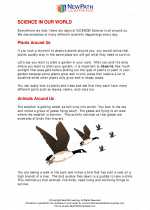 Science in our world - 3rd gr.
Science in our world - 3rd gr.  Worksheet/Answer key
Worksheet/Answer key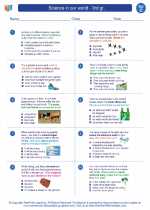 Science in our world - 3rd gr.
Science in our world - 3rd gr.  Worksheet/Answer key
Worksheet/Answer key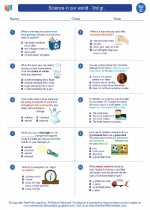 Science in our world - 3rd gr.
Science in our world - 3rd gr.  Worksheet/Answer key
Worksheet/Answer key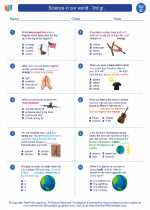 Science in our world - 3rd gr.
Science in our world - 3rd gr.  Worksheet/Answer key
Worksheet/Answer key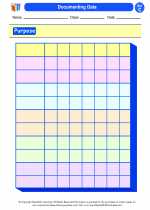 Documenting Data
Documenting Data 

 Worksheet/Answer key
Worksheet/Answer key
 Worksheet/Answer key
Worksheet/Answer key
 Worksheet/Answer key
Worksheet/Answer key
 Worksheet/Answer key
Worksheet/Answer key

The resources above cover the following skills:
History and Nature of Science: A student should understand the history and nature of science. A student who meets the content standard should:
Develop an understanding that historical perspectives of scientific explanations demonstrate that scientific knowledge changes over time, building on prior knowledge.
Develop an understanding that scientific knowledge is ongoing and subject to change as new evidence becomes available through experimental and/or observational confirmation(s).